Assistant Pro (Wellesley, MA)
Location: Wellesley, Massachusetts
Job Title: Assistant Pro
Contact Email: leslie.andrews@wellesley.edu
Contact Phone: Leslie Andrews
Job description:
Classification: Seasonal/Part-time
Working Hours: 20-25 hours per week during the peak 2020 Massachusetts golf season, as required (start date flexible based on availability) Position Summary Nehoiden Golf Club, located in Wellesley MA (10 miles west of Boston) seeks an Assistant Golf Professional. The Assistant Pro works with the Director of Golf in development, management and instruction of the Nehoiden Junior Golf Program. In addition, the Assistant Pro will support the development and management of facility event operations including weekly and specialty tournaments and corporate outings. The Assistant Pro will also have the opportunity to earn additional income through private lessons and clinics. We offer a fast-paced environment with the opportunity to gain exposure in all areas of the golf industry: Instruction for both Juniors and Adults, Merchandising, Golf Course Operations, Tournament/Outing Operations, and Marketing. Specific Duties · Assist Director of Golf in development of, management of and instruction for the Nehoiden Junior Golf program · Participate in management of all golf course operations: golf academy, golf shop, driving range, first tee/starters · Serve as instructor in Nehoiden clinics · Opportunity to develop private lesson clientele among members and non-members through individual lessons and group clinics · Assist in development of member events, tournaments and corporate outings · Participate in all aspects of Nehoiden merchandising · Support member and customer relations, adhering to service standards established by NGC · Other duties, as assigned Experience and Qualifications: · One season of experience in the golf industry preferred · Current membership in the USGTF, PGA, LPGA or PGM Program required · Excellent communication skills, both verbal and written · Solid computer skills · Team player with excellent problem-solving skills · Valid driver’s license Compensation: · $17/hour, plus opportunity for additional income from private lessons, clinic and junior golf · Annual Professional Development Stipend · Housing options at Wellesley College adjacent to Nehoiden GC during summer months · Assistance with PGA/LPGA dues · Easy access to Boston by train This job description includes, but is not limited to, the duties and responsibilities noted above. The essential functions of this job description are not exhaustive and may be supplemented. Please reach out to us at leslie.andrews@wellesley.edu with any questions or to apply. Applications should include cover letter and resume. Nehoiden Golf Club is owned and operated by Wellesley College, a private women’s liberal arts college located in suburban Boston, Massachusetts. The private nine-hole club offers member play, lesson opportunities for both members and the public, and programming aimed at the development of women and juniors throughout the season. Nehoiden Golf Club was recently named one of the “Finest Nines” in North America; we are an Official US Kids site and an Official Girls Golf site.


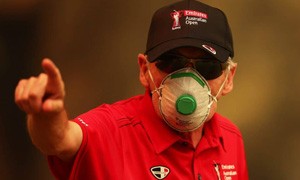
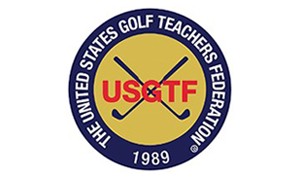

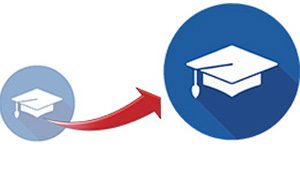 Current members may also take advantage of continuing education courses offered in the form of earning a Certified Professional Golf Coach® and/or Certified Golf Club Manager® designation. These ongoing certification courses have been very beneficial in the careers of many. Please
Current members may also take advantage of continuing education courses offered in the form of earning a Certified Professional Golf Coach® and/or Certified Golf Club Manager® designation. These ongoing certification courses have been very beneficial in the careers of many. Please 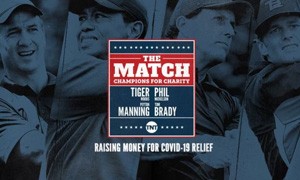
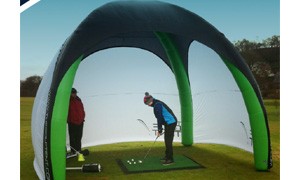


 a ladies group coaching session at a golf academy in the town. My general fact-finding included, “What were you working on? What was the theme of the lesson? Any drill to work on at the end?” This enables me as a teacher/coach to see whatever has been learnt, can be reenforced if applicable, and allows us to move on to the next stage.
Jean informed me that during the one-hour class there was no
theme, next to nil instruction, 17 ladies in the group and two teachers, one of whom spent 20 minutes with one pupil. This came as no surprise to me. Wherever I have traveled in the world, I source out
driving ranges and study at a distance what is happening in that area on a teaching level, whether it be group or individual tuition. On the whole, the standard of group coaching is not of the quality it should be. How many of you have been educated in how to instruct groups? A group can be a couple where “one half plays and the other wants to learn,” children of all ages and abilities, ladies and gents of all standards, and so much more.
Here is an example of a typical one-hour lesson for a group of golfers new to the game, using a six pupils-to-one teacher ratio:
a ladies group coaching session at a golf academy in the town. My general fact-finding included, “What were you working on? What was the theme of the lesson? Any drill to work on at the end?” This enables me as a teacher/coach to see whatever has been learnt, can be reenforced if applicable, and allows us to move on to the next stage.
Jean informed me that during the one-hour class there was no
theme, next to nil instruction, 17 ladies in the group and two teachers, one of whom spent 20 minutes with one pupil. This came as no surprise to me. Wherever I have traveled in the world, I source out
driving ranges and study at a distance what is happening in that area on a teaching level, whether it be group or individual tuition. On the whole, the standard of group coaching is not of the quality it should be. How many of you have been educated in how to instruct groups? A group can be a couple where “one half plays and the other wants to learn,” children of all ages and abilities, ladies and gents of all standards, and so much more.
Here is an example of a typical one-hour lesson for a group of golfers new to the game, using a six pupils-to-one teacher ratio: